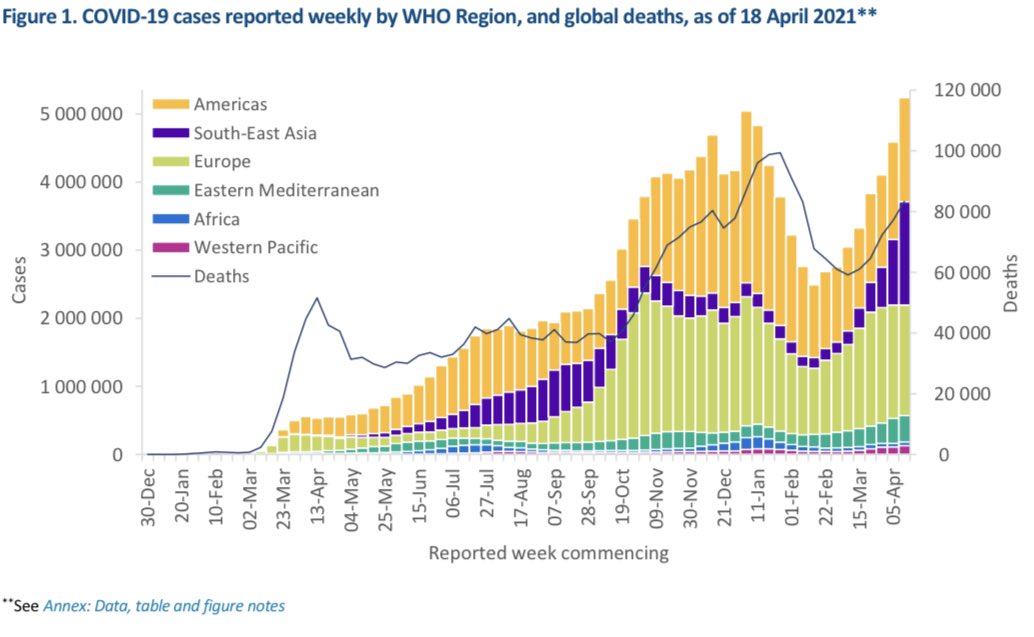
I can’t remember the last time I saw a Covid patient in the emergency room. I couldn’t be happier.
I wrote about what it feels like to have my old job back.
I'll share a bit in this 🧵, but 👇story is describes it all...
elemental.medium.com/i-dont-miss-co…
I wrote about what it feels like to have my old job back.
I'll share a bit in this 🧵, but 👇story is describes it all...
elemental.medium.com/i-dont-miss-co…
As Covid cases decline, our job in the ER feels just like it used to for the first time since the virus surged into our hospitals.
It was a year ago that we made this animated video to show what a “normal” day on the Covid front lines looked like...
It was a year ago that we made this animated video to show what a “normal” day on the Covid front lines looked like...
Even if our job is getting back to normal, to be honest, it was never a cakewalk. We see really sick patients every shift, and sadly some of our patients die.
But Covid brought a whole new level of chaos and craziness.
It's much better like it is now.
But Covid brought a whole new level of chaos and craziness.
It's much better like it is now.
https://twitter.com/Craig_A_Spencer/status/1399194033130463236?s=20
We're back to doing the stuff we know so well. Sprains, chest pain, pulling bugs outta peoples ears.
And we're starting to see our patients come back. ER visits dropped A LOT during the pandemic. We were all worried patients were delaying emergency care.
And we're starting to see our patients come back. ER visits dropped A LOT during the pandemic. We were all worried patients were delaying emergency care.
https://twitter.com/Craig_A_Spencer/status/1402381135624261635?s=20
I know many of you started following me early in the pandemic when I tried to describe what the reality of Covid was like in our ERs.
This story outlines what a normal day is like now. It's probably not as interesting.
But this is the way we like it! 🥰
elemental.medium.com/i-dont-miss-co…
This story outlines what a normal day is like now. It's probably not as interesting.
But this is the way we like it! 🥰
elemental.medium.com/i-dont-miss-co…
• • •
Missing some Tweet in this thread? You can try to
force a refresh




